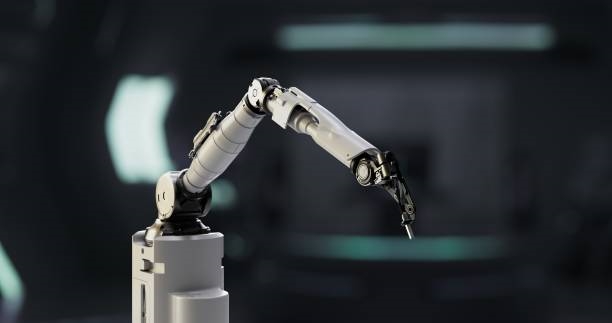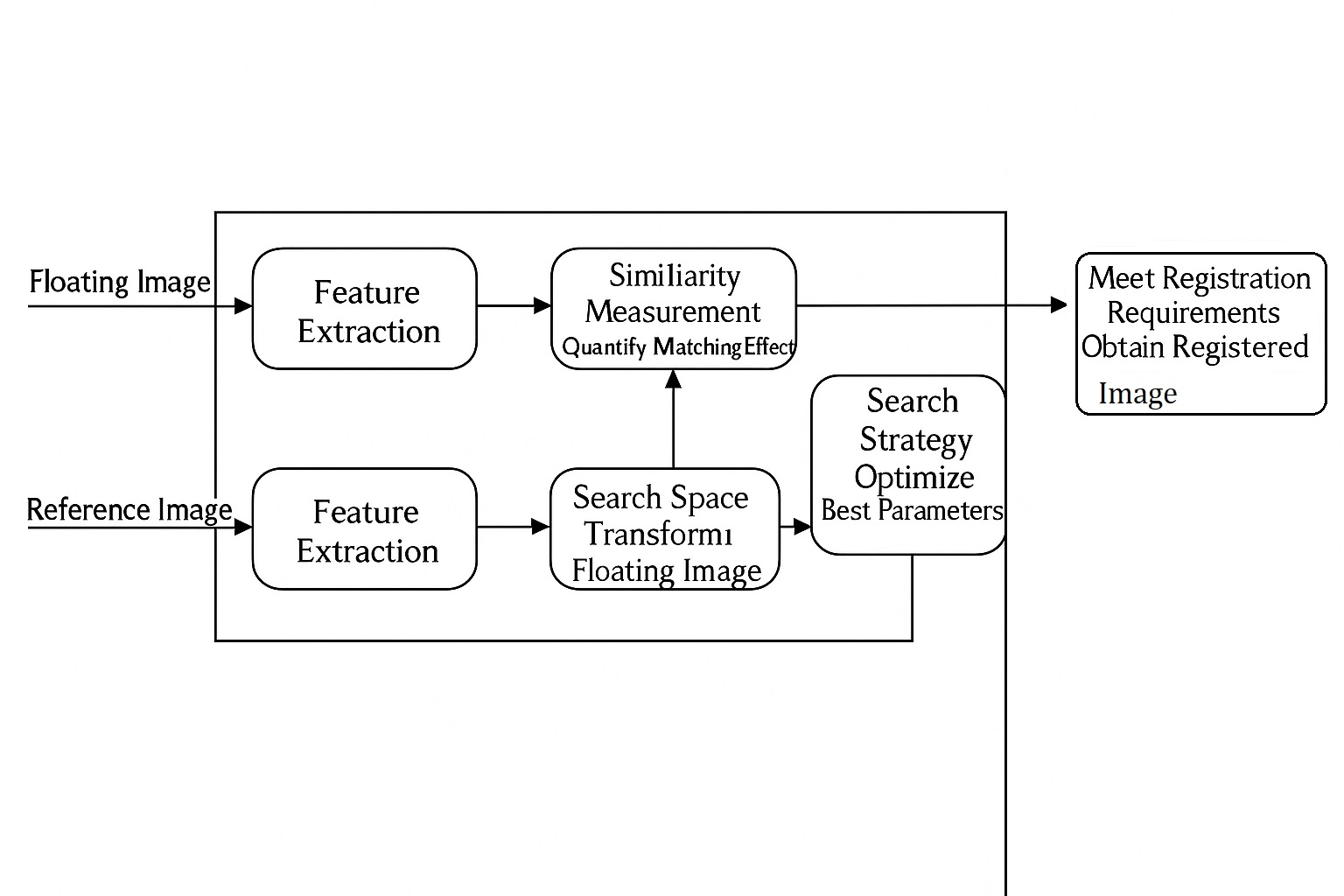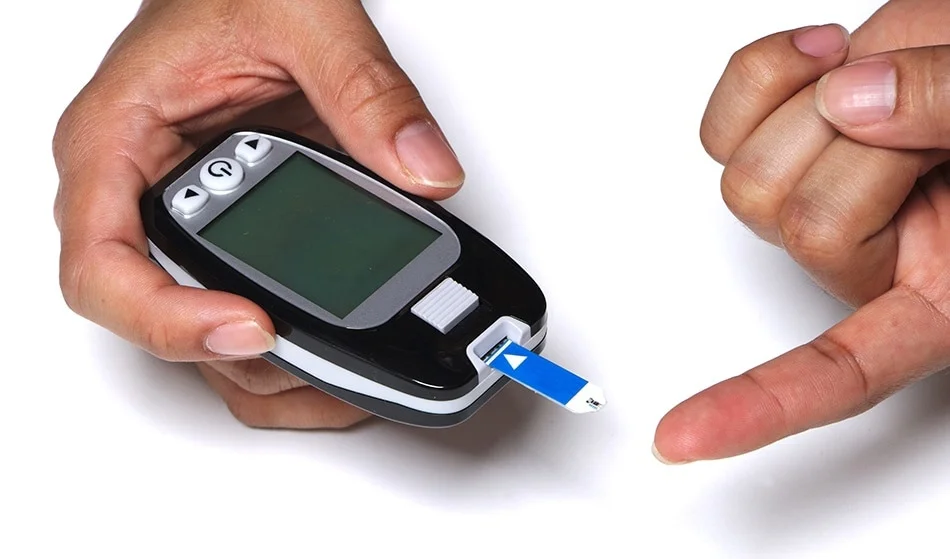Role of Crystal Oscillators in Medical Electronics
On a circuit board, the crystal oscillator functions as the timing source, providing clock frequency signals for electronic devices. It supplies the operating frequency for the main controller and helps ensure correct operation. In many medical circuits the oscillator serves as the timing "brain" of the product; when the controller issues commands, other components such as capacitors and resistors execute the functions. Devices like gastroscopes and endoscopes often use ultra-small, thin oscillator components that require high precision, high stability, and a compact form factor.
For example, a forehead thermometer detects infrared radiation emitted by an object proportional to its temperature. The relationship between surface temperature and emitted radiation depends on energy magnitude and wavelength distribution. A typical forehead thermometer includes an infrared temperature sensor, an MCU microcontroller or microprocessor, keypad module, LCD display, buzzer, battery, and the essential crystal oscillator circuit to provide the oscillation source.
Medical devices are subject to strict safety requirements. Many medical products must monitor weak physiological signals, so high precision and consistent performance are essential for reliable signal amplification and processing.
01. Application Areas for Crystal Oscillators in Medical Devices
Therapeutic Equipment
- Laser therapy systems, ventilators, accelerators, etc.
Diagnostic Equipment
- X-ray machines, magnetic resonance imaging systems, ultrasound (B-mode) systems, CT scanners, blood pressure monitors, X-ray imaging, endoscopes, ultrasound systems, visual puncture devices, etc.
Support and Consumer Medical Devices
- Blood pressure monitors, blood glucose meters, electronic thermometers, forehead thermometers, etc.
Wearable Medical Devices
- Health bands, smartwatches, portable ECG devices, smart athletic garments, etc.
Because human physiology is complex, medical electronic systems demand high performance in areas such as linearity, mixed-signal handling, microelectromechanical systems, and digital signal processing. Besides frequency accuracy, oscillator stability is particularly important. System reliability is critical for medical electronics, and portable devices also require small size and low power consumption from their oscillators.
02. Common Oscillator Packages and Frequencies Used in Medical Devices
Typical SMD package sizes:
- SMD1612, SMD2016, SMD2520, SMD3225
Common oscillator frequencies:
- 4 MHz, 8 MHz, 12 MHz, 16 MHz, 20 MHz, 24 MHz, 25 MHz, 26 MHz, 30 MHz, 40 MHz, 48 MHz
For wearable medical devices, collected physiological data is often uploaded to a computer or cloud service for processing, and results are then relayed back to the wearable device. Efficient and secure wireless communication technologies commonly used include Wi-Fi, Bluetooth, ZigBee, infrared, and near-field communication (NFC); these communication systems rely on crystal oscillators for timing.
 ALLPCB
ALLPCB







